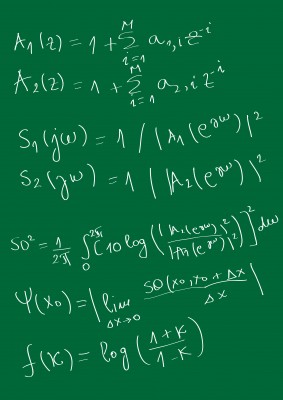Stock Market Crash Facts #1 — There is a strong correlation between high stock valuations and huge price drops.
No one should be surprised if we experience a major downturn in the not-too-distant future. In general, they are a rare event. The general rule does not apply when we climb to the sorts of stock valuations that apply today, however.

A stock crash usually follows when stock valuations get to today’s levels. In fact, there has not been a single case in the history of the U.S. stock market in which we went to the valuation levels that we are at today and did not experience bone-crushing losses as a result.
Stock Market Crash Facts #2 — We are now at the valuation levels that cause stock crashes.
We are now at a P/E10 level of a little over 27 (this article was written in late September 2006). There have been three earlier occasions at which valuations have gone nearly this high or a bit higher: (1) 1901 (P/E10 of 25.2); (1) 1929 (P/E10 of 32.6); and (3) 1966 (P/E10 of 24.1).
The 1901 trip to valuation levels near those that apply today brought on a drop in real value of stock shares of 67 percent. The real return on stocks for the following 20 years was a negative 0.2 percent.
The 1929 trip to valuation levels near those that apply today brought on a drop in real value of stock shares of of 81 percent. The real return on stocks for the following 20 years was 0.4 percent.
The 1966 trip to valuation levels near those that apply today brought on a drop in real value of stock shares of 56 percent. The real return on stocks for the following 20 years was 1.9 percent.
Stock Market Crash Facts #3 — It takes a long time for middle-class investors going with high stock allocations at times of high stock valuations to recover from the effects of a stock crash.
The average of the three earlier P/E10 levels is 27.3. That’s precisely the P/E10 level that applies today. The average drop in real value of stock shares for the three earlier trips to these sorts of valuation levels is 68 percent. The average 20-year return is 0.7 percent.

A 68 percent drop in real value would diminish the value of a $1,000,000 portfolio to $320,000. A drop in stock prices of that magnitude would bring the P/E10 value down to a level in the same general neighborhood as the P/E10 value (8) that applied when the last bull market began.
Stock Market Crash Facts #4 — The stock crash will not last forever.
It took 28 years to go from the first big bull-market top to the second. It took 37 years to go from the second big bull-market top to the third. It took 34 years to go from the third big bull-market top to the fourth (the most recent bull market appears to have come to an end in January 2000).
The average time from bull-market top to bull-market top is 33 years. If we presume that the next bull market will top out about 33 years after the Year 2000 top of the most recent one, the next top will come somewhere near the year 2033.
Source: Chapter One of Robert Shiller’s book Irrational Exuberance, “The Stock Market Level in Historical Perspective.”
 Addendum (July 2007): John Walter Russell recently published research presenting the possibilities for a stock crash in a somewhat more positive light. Even if stock prices really were to fall 68 percent, the hit experienced by stock investors would likely not be quite that great. The reason is that the price drop would likely take place over several years and stock investors would be receiving dividend payments during those years that would counter the drop in stock prices to some extent. Russell’s research into how U.S. stocks have performed in the past tells us that the most likely loss in total portfolio value (including the effect of dividends) from these price levels is about 40 percent.
Addendum (July 2007): John Walter Russell recently published research presenting the possibilities for a stock crash in a somewhat more positive light. Even if stock prices really were to fall 68 percent, the hit experienced by stock investors would likely not be quite that great. The reason is that the price drop would likely take place over several years and stock investors would be receiving dividend payments during those years that would counter the drop in stock prices to some extent. Russell’s research into how U.S. stocks have performed in the past tells us that the most likely loss in total portfolio value (including the effect of dividends) from these price levels is about 40 percent.
